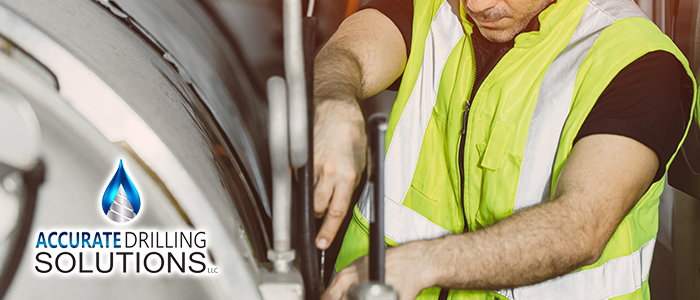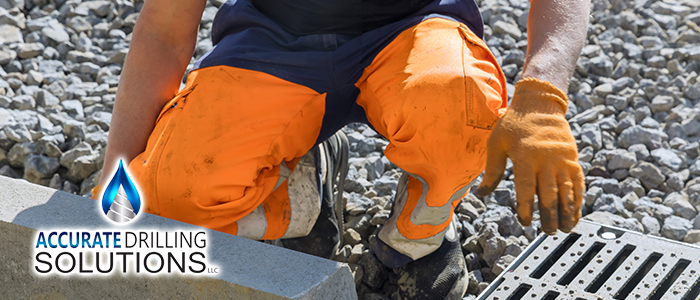
Constant Pressure Pumps
Over the last ten years, there has been a significant increase in the sales of constant pressure pumps. Pretty much everyone involved in plumbing sells them, and everyone interested in improving their plumbing is buying them.
Better water pressure is highly desired, and many people looking for better pressure are also willing to pay more in order to get it. But is it worth it? Let’s take a look.
The Differences
Between conventional systems and constant pressure pump systems, you’re going to see two main differences.
The first difference you’re going to see involves when the pump turns on. Conventional systems turn the pump on when the pressure drops by 20 psi; there is a pressure switch that controls the pump and usually will turn it on at 40 psi, and off again at 60 psi. However, a constant pressure system is controlled by a pressure sensor, and the controller will turn the pump on when it drops by only 5 psi–this is why it’s called a “constant pressure system,” because there won’t be a big fluctuation in the pressure.
The second major difference is the speed at which the pumps run. Traditional systems are an “all or nothing” kind of thing, meaning that it either runs at full speed or not at all. Constant pressure systems, on the other hand, varies the speed of the pump so that they can maintain their namesake; a constant pressure. The pump runs the entire time you’re using water, but instead of turning on and running at full speed before turning off, it will turn slowly and maintain pressure. Think of it like your car’s cruise control, but for your well pump!
Pros and Cons
As desirable as a constant pressure pump system sounds, there’s also some drawbacks that you’ll need to take into consideration before making your purchase. But you probably want to hear the additional benefits, so let’s start with those.
- They have built-in protections for the pump, meaning that the controller does a pretty good job on its own of preventing dry runs, waterlogged pressure tanks, voltage supply issues, and other common problems.
- You don’t need a large pressure tank because of the pump’s “soft start” so you can comfortably run it with a smaller tank.
- Some pump controllers are even “smart,” and can give you a text or email if they detect a problem. Usually this is an additional option, but one that’s quite available to many units.
Now for the sake of clarity, we also have to take a look at some of the cons of purchasing a constant pressure pump.
- Controllers can have problems with rural power supplies, as well as hot weather. On constant pressure pump systems, the controllers are susceptible to voltage spikes, and also tend to produce a lot of heat–think of them more like computers.
- They don’t have the best protection. While they do have their own built-in protection, it isn’t as great as it could be. For better protection, you’ll want to stick with a conventional system.
- They are expensive, ranging anywhere from $1,000 to $10,000 and don’t last forever. In most cases, if one component goes bad, the entire pump will need replacing.
Ultimately it’s up to you to decide if you think getting a constant pressure pump is worth the money, but an increasing amount of customers are willing to make the monetary sacrifice for the bonuses that they bring.
continue reading
Related Posts
Water Wells: The Hidden Gem for Fire Protection Do you
Drilling Down on Well Drilling: FAQs and Answers Are you
The Role of Water Wells in Sustainable Living Sustainable living






